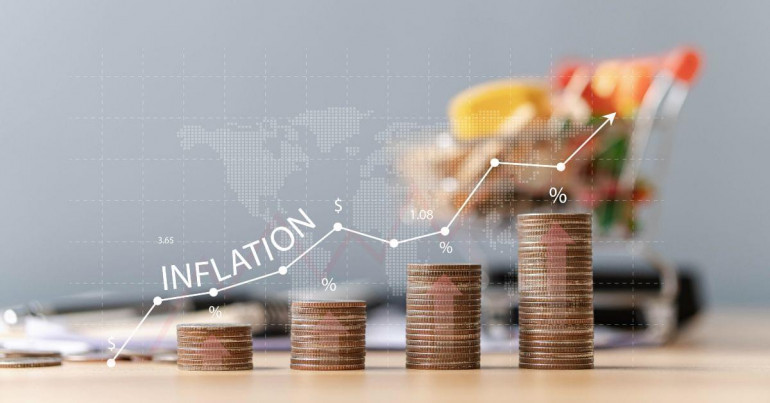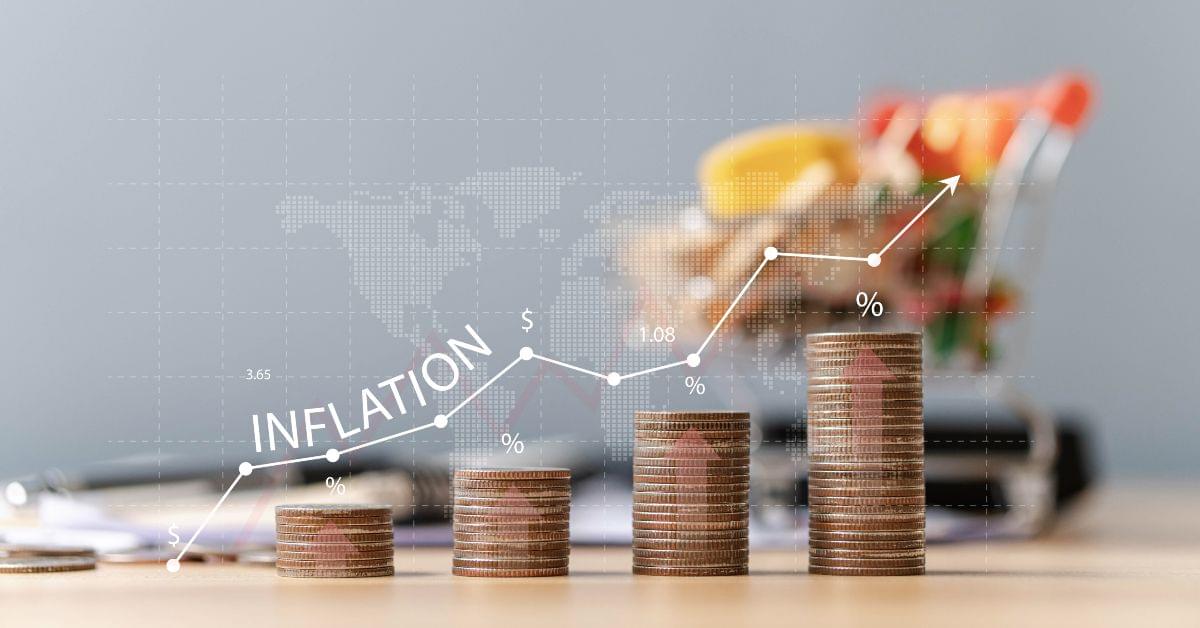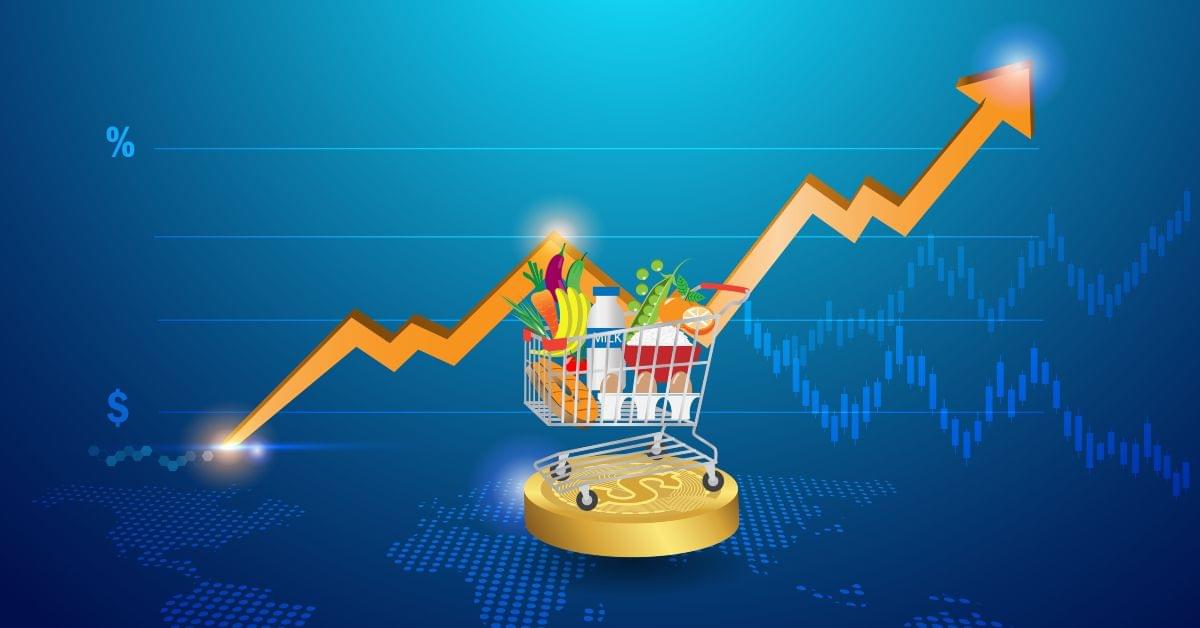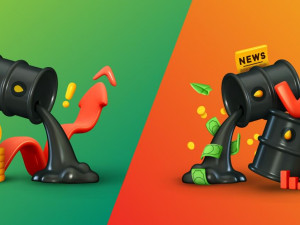
As the cost of living crisis has gripped the UK and Europe over the past year, many people are wondering whether this is primarily a European problem or an issue that affects other parts of the world.
In this article, we’ll look at the level of inflation in different parts of the world and the outlook for 2023.

Inflation rates across the world
Inflation is primarily measured by the Consumer Price Index (CPI). The index and its basket differ slightly from country to country because the basket is intended to reflect the typical expenditure of an ideal average citizen in their home country.
As a result, it is not possible to compare the inflation of goods and services in the UK basket with a CPI basket in a developing country, because in developing countries much more weight is given to basic necessities such as food and shelter, and less to services and consumer goods.
Consequently, emerging market inflation is much more influenced by food prices than by services inflation.
The current period is very unusual in that inflation has been abrupt. Central banks and governments have been caught off guard by its onset and have been slow to react to bring it under control. In order to catch up with the rising inflation, interest rates have risen to levels that few would have expected a year ago.
Politically unstable countries
It comes to no surprise that countries which are facing political turmoil also suffer from tremendously high inflation rates, or hyperinflation.
Zimbabwe, Venezuela, Syria and Lebanon all have inflation rates above 100%. The Lebanese central bank has just devalued their domestic currency by 90%, meaning the value of the currency is slashed to one-tenth overnight, in a desperate bid to regain control of its currency.
Argentina and Turkey
Argentina and Turkey are two countries with extremely steep inflation, almost 60% year-on-year in Turkey and above 90% in Argentina, which are still considered politically stable by most accounts.
However, inflation in Argentina and Turkey is largely imported: both countries have seen their domestic currencies depreciate sharply and are heavily dependent on energy imports, which are priced in US dollars. While local wages have not kept pace with the high inflation rates in these countries, both are likely to be outliers compared with other large emerging market countries.
Europe and the UK
Inflation is stubbornly steady across all the major European countries, Italy and Germany, as well as the eurozone as a whole, where CPI inflation is hovering close to 10%. The UK even outstrips eurozone inflation, which currently stands at a staggering 10.5%, with Spain and France at the lower end at 6%.
Some smaller eurozone countries, such as Latvia and Lithuania, have inflation rates above 20%.
United States
The United States was the first country to decide to take inflation seriously, raising interest rates early in March 2022 and implementing policy measures such as drawing on the Strategic Petroleum Reserve to curb energy price inflation.
As a result, inflation in the US appears to have peaked and is currently running at 6.5%, which is lower than in most European countries. A strong dollar has certainly helped the US to cool any imported inflation.
Asia
Paradoxically, inflation rates in many Asian economies – China, Japan and South Korea – have not risen significantly and are well below 6%.
One factor in China is the strong currency, which tends to track the US dollar and is managed by the People’s Bank of China. As a result, similar to the US, China has not imported inflation to the same extent as Europe and the UK.
In addition, China is likely to benefit from cheap energy imports from Russia, as the European embargo on Russian oil drives Russia to seek buyers at discounted prices in Asia.

Cost of living comparison across the world
Because of the idealistic construction of CPI baskets, some online portals have started to make the cost of living comparable across different countries and cities by allowing users to submit prices for specific goods and services.
Numbeo.com tracks the price of around fifty key items such as restaurant meals, everyday groceries such as bread, vegetables and beer, public transport costs, fuel, childcare, consumer goods and rents and house prices in thousands of cities around the world.
This data is collected from local contributors and users and allows people to compare the cost of living in different countries and cities.
The website allows you to compare how much you would save or spend if you moved to another city somewhere on the other side of the world, or simply moved to the country.
Numbeo’s cost of living index, which takes the cost of living in New York City as a reference and sets it at 100, puts Swiss cities, including the capital Zurich, at the top of the table with an index level of over 120. At the bottom of the ranking are Asian and African cities such as Karachi, Lahore, Cairo and Delhi with rankings below 25.
Within Europe, Eastern European cities, particularly in Bulgaria and Romania, are the least expensive, while Scandinavian and Swiss cities are at the top of the ranking. London is close to the top, but not excessively expensive, with a score of 75.
Inflation outlook for 2023
In its latest World Economic Outlook, IMF economists expect inflation to ease in most developed countries in 2023 as energy prices fall and central banks pledge to keep interest rates high for longer.
However, it is plausible that Asian countries could see inflation catch up in 2023. In China, where the Covid-lockdowns have lasted well until the end of 2022, there are green shoots in the economic data that could contribute to higher growth and inflation, although most Western economies will likely experience a cooling and economic contraction.
G.C. Wagner
Gustav Christopher is a writer specialising in finance, tech, and sustainability. Over 15 years, he worked in banking, trading and as a FinTech entrepreneur. In addition, he enjoys playing chess, running, and tennis.



